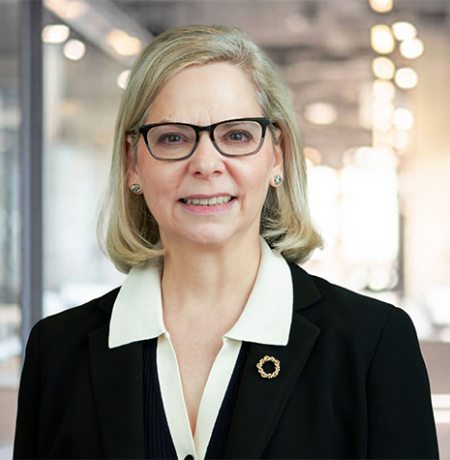Although lifting the Public Health Emergency (PHE) sends a hopeful message in the country’s battle against the coronavirus, phasing out this federal funding will bring new financial challenges to a battle-weary hospital industry.
The end of the PHE represents an important milestone as COVID cases have subsided in recent months compared to the early days of the pandemic. Although we cannot rule out another virulent strain, as a healthcare community we know how to contain the spread of the disease and treat it more effectively. The availability of rapid testing, vaccines, and boosters contributed to reaching this milestone.
That said, the conclusion of the PHE will require hospitals to absorb yet another potential hit to financial performance. For many, this comes at time of financial stress given profound labor challenges and unpredictable volume. While the Department of Health and Human Services has instituted other national public health emergencies (most recently monkeypox in 2022 and the opioid epidemic since 2017), the additional funding for COVID-19 was the most significant to hospital performance given the highly contagious nature of the virus and the multiple surges that swept the country.
One of most meaningful funding streams that accompanied the PHE was the additional 6.2 percentage points of federal medical assistance percentage (known as FMAP) to each state’s Medicaid program. In exchange for the additional funding, the states agreed to maintain continuous coverage for Medicaid enrollees and suspend verification processes while the PHE was in effect.
With the end of the PHE, the additional FMAP funds will be phased out over the next three federal fiscal quarters through December 31, 2023. Likewise, each state will begin the re-determination process on April 1, 2023. States will have about a year to complete the process, which removes some of the “cliff risk” of an immediate drop in Medicaid enrollees. Notwithstanding, this will prove to be a monumental task for some states as Medicaid agencies must prove that they have updated contact information for each enrolled individual. Given the transient nature of some of the Medicaid population, this may be time-consuming task, especially if a Medicaid agency is understaffed. Staff experience with the re-verification process will also play a factor.
According to a study published by Kaiser Family Foundation, 20.2 million individuals enrolled in Medicaid since the start of the pandemic. What’s unknown is how many of the 20 million will be lose Medicaid coverage. The researchers provide a range of 5.3 million to 14.2 million. The wide variance speaks to the uncertainty of how many will be able to stay on Medicaid, and how many will gain coverage on the public exchanges or qualify for employer-sponsored health insurance.
Providers located in states that did not expand Medicaid may see a disproportionate share of individuals who lose coverage compared to states that did. Likewise, safety net providers with a high reliance on Medicaid may be more affected than hospitals with low to modest Medicaid levels. Finally, health systems that own large Medicaid health plans may be doubly affected, both as a provider of healthcare and as an underwriter of risk.
A shift from Medicaid to uninsured (or self-pay) will likely hurt hospital financial performance unless mitigated through expense reductions. Even if individuals are eligible for an exchange product or employer-sponsored insurance, there may still be a rise in bad debt, given required co-pays, premiums, or high deductible health plans.
Internal and external stakeholders, including investors and rating agencies, will likely have questions about the effect on not-for-profit hospitals. Consider including a discussion that covers the following points:
- Determine the possible shift to exchanges, employer-sponsored insurance, and self-pay. How will that affect your organization’s financial performance?
- Quantify the abatement of the 20% Medicare “add-on” to COVID cases. With the number of inpatient cases declining in many markets across the U.S., this may no longer represent a material impact.
- Discuss the actions that your organization will take to assist individuals with coverage alternatives. Many hospitals employ financial assistant counselors to help patients find other coverage and ways to work with various state Medicaid agencies and Medicaid managed care plans.
The hospital industry is well-versed in reimbursement changes, which further underscores the importance of long-term financial planning. The end of the PHE represents yet another opportunity to showcase your organization’s ability to absorb change.








